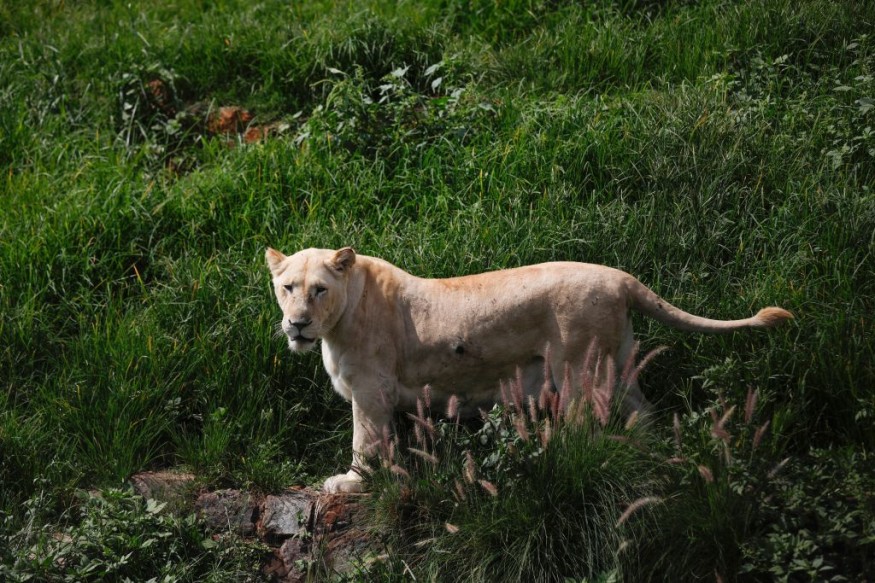Mountain lions are some of the latest mammal victims of the current avian influenza outbreak across the United States, according to local authorities. The deaths of the large cats indicate that the bird-borne disease has not only jumped from birds to mammals but is also capable of killing large mammalian species, including gray seals in New England.
Bird Flu Kills Mountain Lions

Colorado animal health experts said the last dead mountain lion was retrieved in Grand County on February 14, The Colorado Sun reported.
The deaths of the wild felines only show that the crossover infection from birds to mammals are also deadly to larger animals.
However, state wildlife officials said the nationwide trend has decreased even amid the spring bird migration, according to the Colorado news journal.
Since early 2022, the U.S. bird flu outbreak has killed thousands of birds and led to the extermination of millions of poultry, egg-laying birds nationwide. Wild birds reportedly contracted the disease first before transmission to poultry birds, as a result of physical interaction.
Over recent months since January 2023, evidence shows that the avian influenza virus has also infected mammals.
The ongoing U.S. avian influenza outbreak is not new. In fact, previous cases have been reported in the past several decades, notably the 2014-2015 outbreak where 51 million birds were depopulated and the 2003 avian flu that infected at least 1,000 people.
Also Read: Avian Flu Infects Mammals for First Time in UK, Possible Virus Mutation Could Jump to Humans
Bird Flu Origin
Influenza is considered as an infectious disease that mainly causes respiratory symptoms caused by RNA viruses. The most significant repercussions of influenza viruses on humans comes from the influenza A strains, according to the European Union's European Centre for Disease Prevention and Control (ECDC).
These recurring outbreaks came after the avian influenza virus A or H5N1 was first identified in southern China and Hong Kong in 1996.
The ECDC said such strains include a diverse pool of viruses that affect aquatic wild bird population. These virus groups include high pathogenicity (HPAI) and low pathogenicity (LPAI), based on the severity on the avian species that they infect.
H5N1 survival remains poor among humans but infrequent cases have been observed in the past, according to the EU health agency. With the recent developments in the U.S., bird flu infections of mountain lions are significant since humans are also mammals, meaning the avian virus is gradually adapting to its mammalian host.
Avian to Mammal Transmissions
In a report on March 30, the U.S. Department of Agriculture's Animal and Plant Health Inspection Service (APHIS) said many species are now potentially vulnerable to HPAI.
The list below are some mammals to have been infected with the bird-borne virus, in addition to the infected mountain lions in the states of California, Utah, Wyoming, and Colorado:
- striped skunk in Montana and Kansas
- raccoon in Montana, Texas, Colorado, and Kansas
- North American river otter in Wisconsin
- Bobcat in Colorado
The main cause of infections remains not fully clear. However, local health authorities believe the mammals consumed the carcasses of infected birds.
© 2025 NatureWorldNews.com All rights reserved. Do not reproduce without permission.

